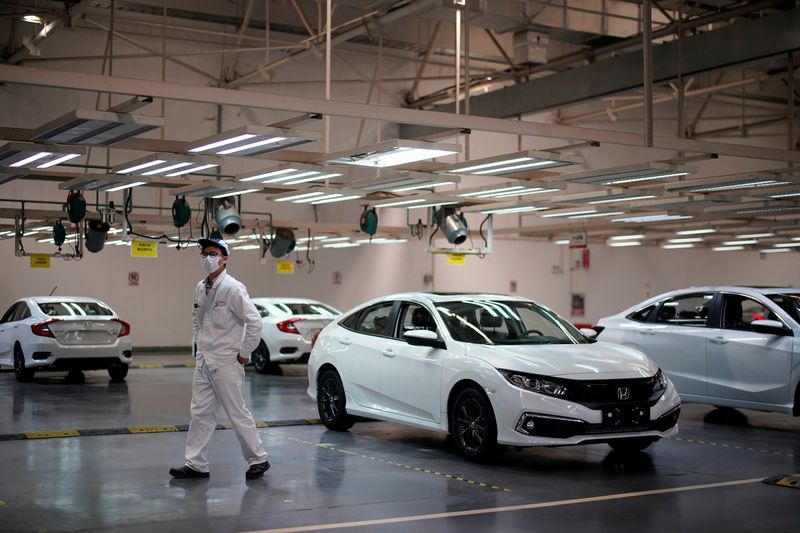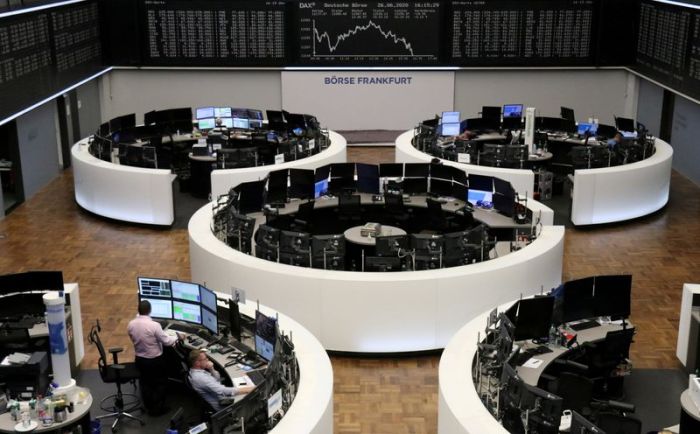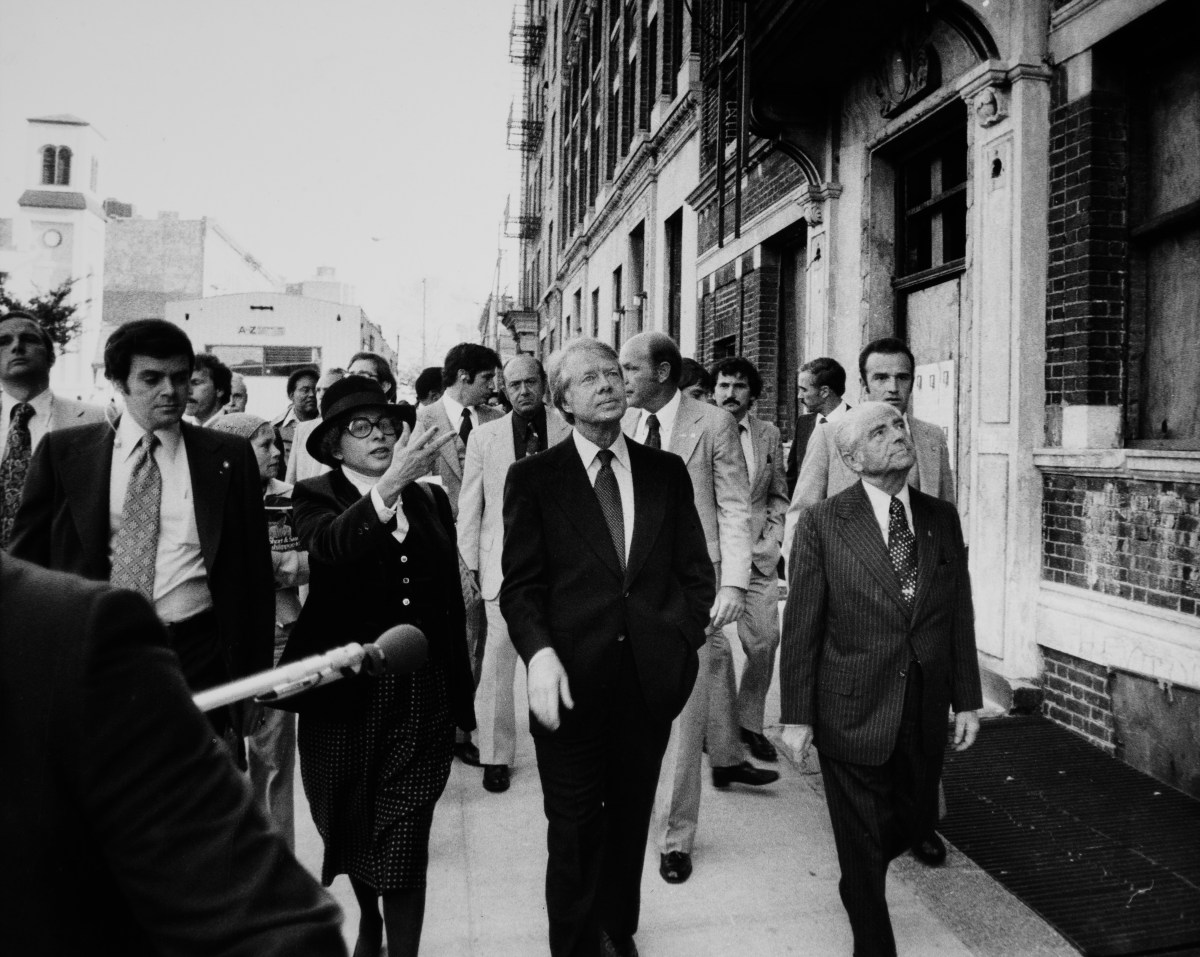LONDON/TOKYO/WASHINGTON (Reuters) – A slump in global manufacturing showed signs of easing in June as a rebound in Chinese and U.S. activity offered some hope the world’s two largest economies may have passed the worst of the devastation caused by the novel coronavirus pandemic, while the collapse in European factory activity abated.
But sluggish global demand, the worsening U.S. outbreak and fears of a second wave of infections elsewhere will tame any optimism on the outlook and keep pressure on policymakers to support their ailing economies.
Globally, the pandemic has infected more than 10 million people and killed more than 500,000. A resurgence in new cases in several countries, particularly the United States, has prompted some governments to backpedal on plans to reopen their economies and fueled concerns the worst is still to come.
“No intermission, no glass of bubbly, just straight into the second half of 2020. And the outlook? Better than the first half, but not as good as it could be,” ING’S Robert Carnell said.
In its latest projections, the International Monetary Fund expected the global economy to shrink 4.9% this year and rebound just 5.4% next year.
A recent Reuters poll put this year’s contraction at a more modest 3.7% but said the global economy would shrink 6.0% in a worst-case scenario. [ECILT/WRAP]
Still, a series of business surveys released on Wednesday showed broad improvements in global manufacturing in June from depths hit in May and April. Activity in some economies swung to growth while declines in other places slowed.
The Institute for Supply Management (ISM) said its index of U.S. factory activity jumped to a reading of 52.6 last month, unexpectedly vaulting over the 50 mark that separates growth from contraction. That was the strongest since April 2019 and ended three straight months of contraction.
Still, the U.S. COVID-19 outbreak shows little signs of abating, with a record number of new cases of the respiratory illness recorded on Tuesday, and American consumers – the backbone of the U.S. economy – growing ever more anxious.
“(W)ith the number of coronavirus cases now rising in many parts of the country, including several states where manufacturing activity is concentrated, the nascent recovery risks being curtailed by the re-imposition of lockdowns,” Gregory Daco, chief U.S. economist at Oxford Economics, wrote in a note to clients.
Meanwhile, the downturn in euro zone manufacturing was not as bad as initially thought last month after more economies in the bloc eased restrictions imposed to quell the spread of the coronavirus, a survey showed.
With transmission rates of the virus falling in much of Europe, and economies opening up, IHS Markit’s final euro zone Manufacturing Purchasing Managers’ Index (PMI) moved closer to growth in June.
It rose to 47.4 last month, up from May’s 39.4 and comfortably ahead of an earlier flash reading of 46.9. An index measuring output jumped to 48.9 from 35.6.
Germany’s manufacturing sector also contracted at a slower pace as Europe’s largest economy lifted restrictions. Its economy will gradually recover and is likely to return to last year’s level at the end of 2021, economic institute Ifo said on Wednesday.
French factory activity bounced back to modest growth and in Britain, outside the currency union, the historic collapse eased further as companies reported a small increase in output.[GB/PMIM]
U.S. and global stocks kicked off the third quarter on an upbeat note on Wednesday although optimism over the improving economic data was held in check by worry the surging U.S. coronavirus cases could derail the world’s recovery before it properly begins. [.N][MKTS/GLOB]
TIGER BALM
In China, factory activity grew at a faster clip in June after the world’s second-largest economy lifted coronavirus lockdown measures, the Caixin/Markit PMI showed.
Manufacturing activity also expanded in Vietnam and Malaysia, pointing to a slow but steady recovery ahead, while India’s manufacturing activity contracted for a third straight month in June but at a much slower pace.
Similarly, the export powerhouses of Japan and South Korea also saw manufacturing activity decline at a softer pace.
China’s Caixin/Markit PMI rose to 51.2 in June from 50.7 in May, marking the highest reading since December 2019.
But analysts expect any recovery in Asia to be slow.
While China’s export orders shrank at a slower pace, its employment contraction worsened, the PMI showed, underscoring the fragile recovery.
Japan’s PMI rose to a seasonally adjusted 40.1 in June, while South Korea’s PMI ticked up to 43.4 – both remaining far below the rise-or-fall threshold of 50.
Separately, a Bank of Japan survey showed big manufacturers’ confidence sinking to levels last seen during the global financial crisis more than a decade ago, reinforcing expectations the country was sinking deeper into recession.
“If demand doesn’t rebound fast enough, companies will have to shed jobs,” said Shinichiro Kobayashi, senior economist at Mitsubishi UFJ Research and Consulting. “That will delay Japan’s economic recovery, which could end up in a L-shape.”
(Reporting by Jonathan Cable, Leika Kihara and Lucia Mutikani; additional reporting by Kaori Kaneko; Editing by Sam Holmes, Angus MacSwan and Paul Simao)

























